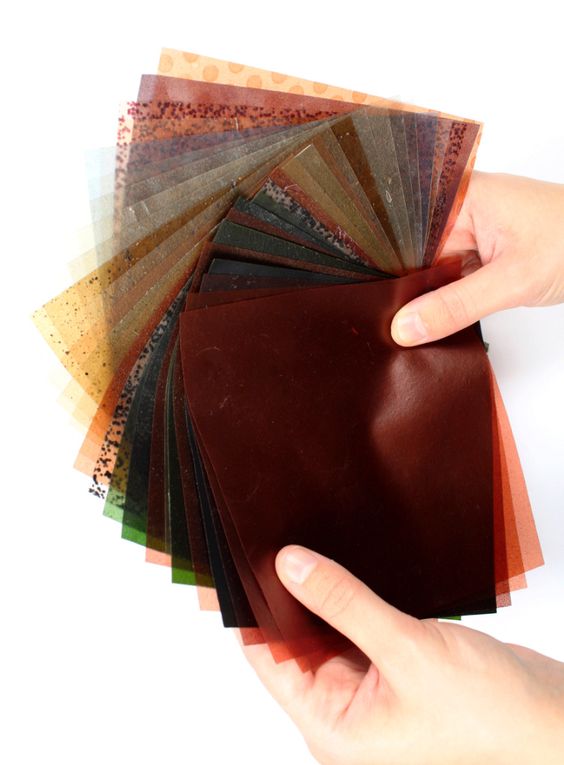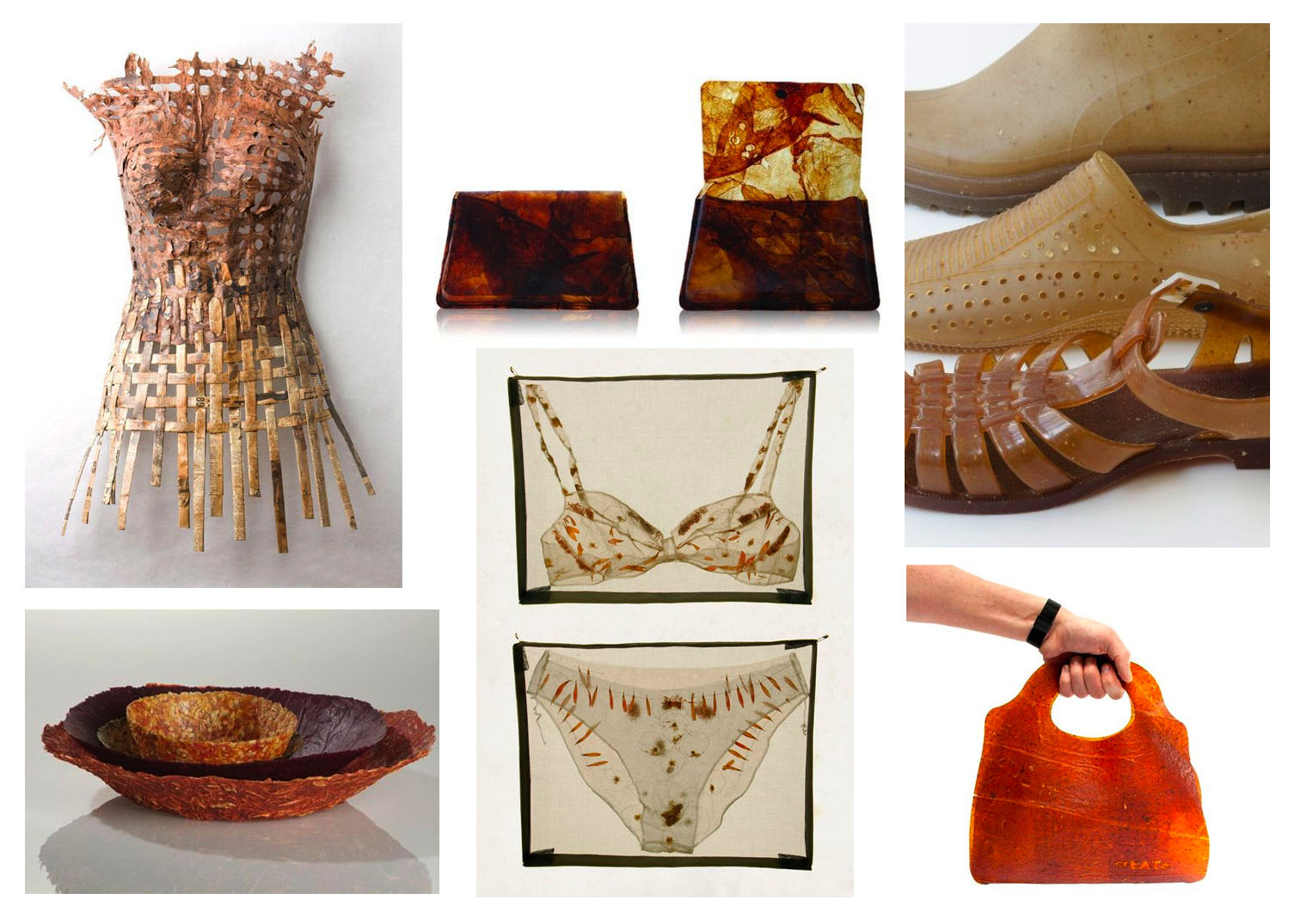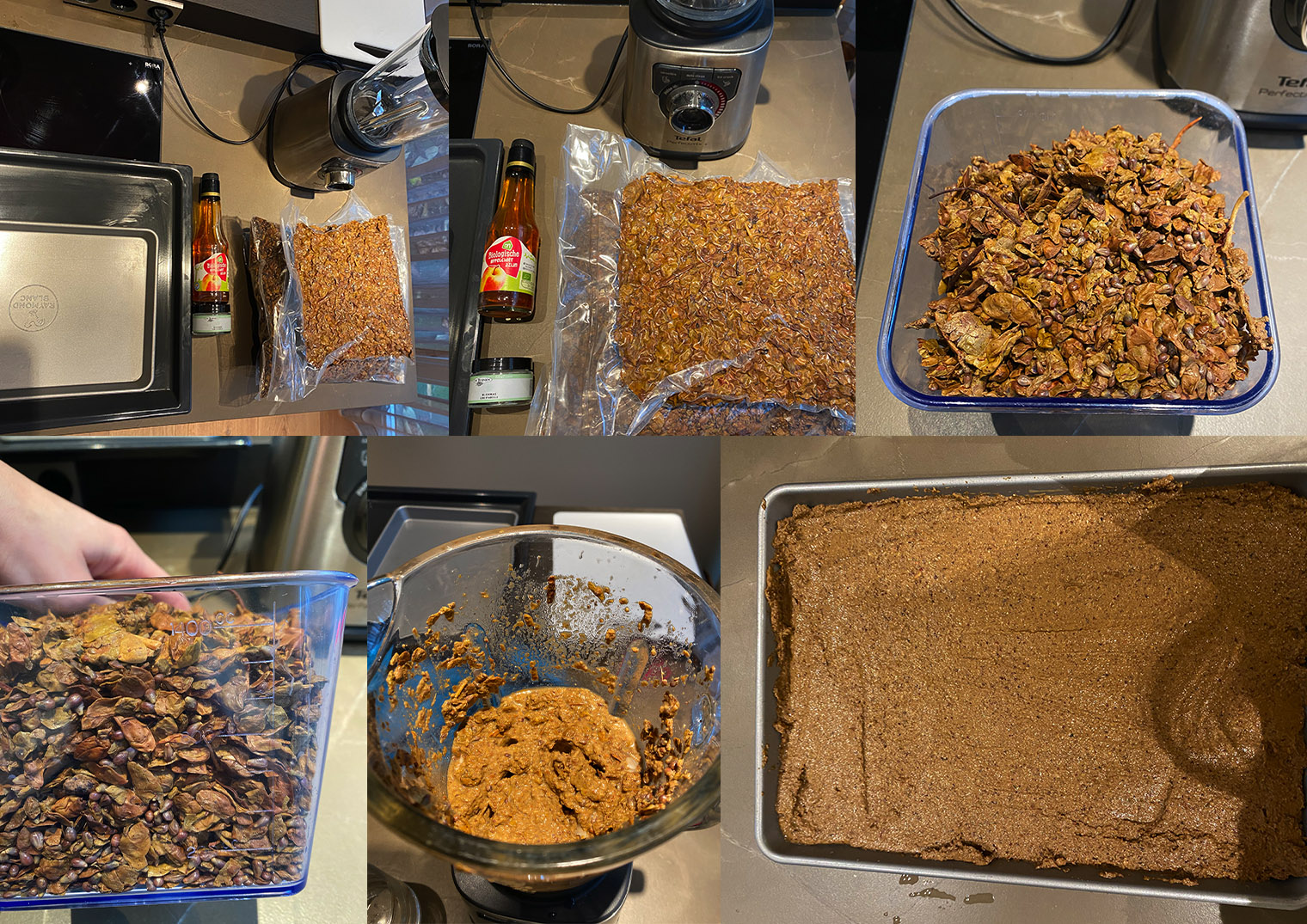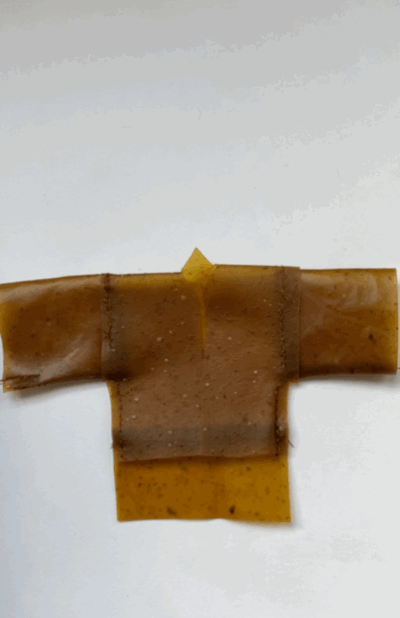Week 11: Implications and applications¶
This project is about:
Creating a Bio material from the abundance of food waste in The Netherlands. I would like to use my knowledge of design and blend it with the topics that I liked the most during this fabric Academy course.
The majority of these were very focused on the biology and design, two of the topics I find most applicable to my final project. In the Os circular fashion week I was able to design my holographic menswear vest. The thought of using the parametric modelling seems like a challenging but fun experiment to begin with.
Explain why:
Sustainability
Smarter design
My role as a designer is to challenge the old ways by designing a modern product.
The first sketch: Logo Boertex¶

link to the prezi for the documentation:¶
[Prezi](https://prezi.com/view/Jq90ta2w3gGa3TIe1O3J/
Final project pitch:¶
After having spoken to Oscar last week a thing had become clear to me. The project that I had in mind was perhaps a little too much on the ambitious side for this particular fabric academy course. So, the next step is dismantle this huge idea and to focus just on what is important for the next three months. Making this vague concept a little smaller and more precise.
Boertex 2.0. meets Revica fashion designer - Final project pitch 22nd December 2020.¶
- The topics that had caught my attention in particular were the following:
- Biofabricating materials.
- Biochromes
-
Circular open source fashion.
-
Gant planning chart: found on the excell sheet in google drive. https://docs.google.com/spreadsheets/d/1_tmcWV6r5i7Dt0fmzGwGmkRwfG8f6sco/edit#gid=210986168
Inspiration: My experience a few weeks ago:¶
Biomimicry dress: Iris van Herpen:
Canadian-Iranian designer Roya Aghighi wants you to imagine that your shirt is alive:
Dassemus grape vineyard harvest:¶
Design:¶
Idea: To create a swatchbook/processbook of the materials that I am working with and working on prototype(garment/accessory) from biomaterial to present in March 2021.


Carolyn Raff: Experiment algae II.
Inspiration board for my project: concept board, moodboard, colour board, inspiration (other artists)


Sketch the parametric (fold in itself) kimono or skirt, look at your OS source fashion parametric design to gain inspiration. 2D and 3D modeling, Parametric modeling.

Prototyping (rough idea)¶
Grapes¶

Mango leather kimono mini prototype¶


Costs & time management:¶
On the excell sheets in google drive.
Useful links: Youtube¶
Zero waste origami kimono: https://elbetextiles.com.au/blogs/news/zero-waste-pattern-making
How the brainstorm all started:¶
Who? 1. The Dassemus grapes:
Natural wine very well known by the “hip” restaurants all over Holland and especially Amsterdam. Dassemus sources their natural orange wine to skate cafe in Amsterdam. Their reputation is exceeding them, as the young folk are drinking their natural wines. Natural wines are a popular concept in the restaurant business. People are willing to spend more and more on quality instead of quantity. Health conscious as much as sustainability conscious. The grapes are harvested in one of the few vineyards in The Netherlands in a little village called Chaam (south Holland). The farmers brew seasonally and stop their harvest from November – start again in Feb/April. The waste from these grape skins/seeds/stems are them disposed as bio compost for their gardens.
- Kwekkerij Osdorp. In de westland gebied Nederland.
The tomato stalk project: Having spoken to Geert Burema (Chef and restaurant owner), we had come to a realisation that there may lay an opportunity in the greenhouse farming industry. In the world of agriculture, tomatoes, paprika, aubergines and berries are grown in the greenhouses. The Netherlands is one of the countries that exports the most when it comes to the agriculture. Why not take advantage of their waste and see if there is a possibility for the transformation of these fibres into fabrics?
Where: Local. Areas in the Netherlands.
Why?:
The waste that I am acquiring comes from a surplus of production. I would like to try make a circular or spiral project where every sector can benefit from this creation. This would involve the sourcing, collaborative partners. If this project can develop successfully, we are decreasing some percentage of our environmental impact. The motion of innovating should influence every sector in the fashion industry so that the textile industry can change. Make this “look cool”.
Useful links: Youtube¶
Floating farms: